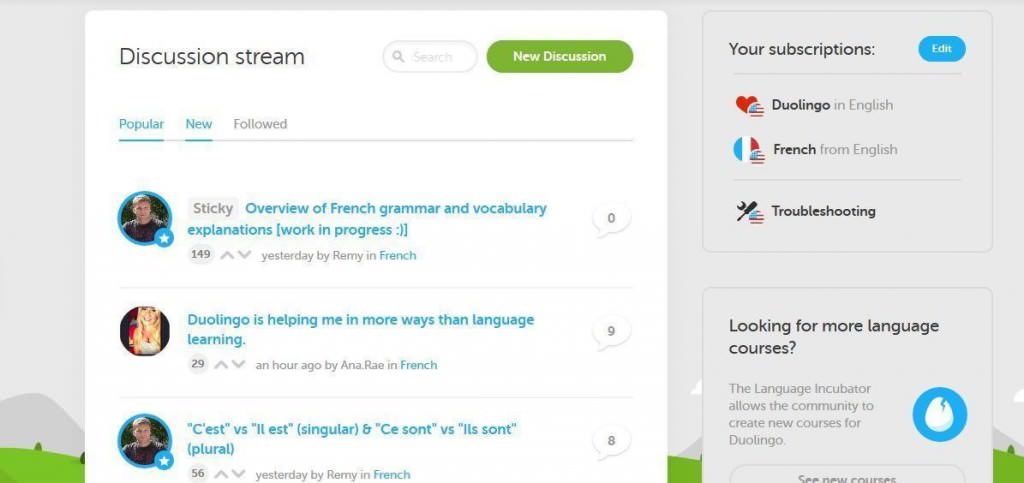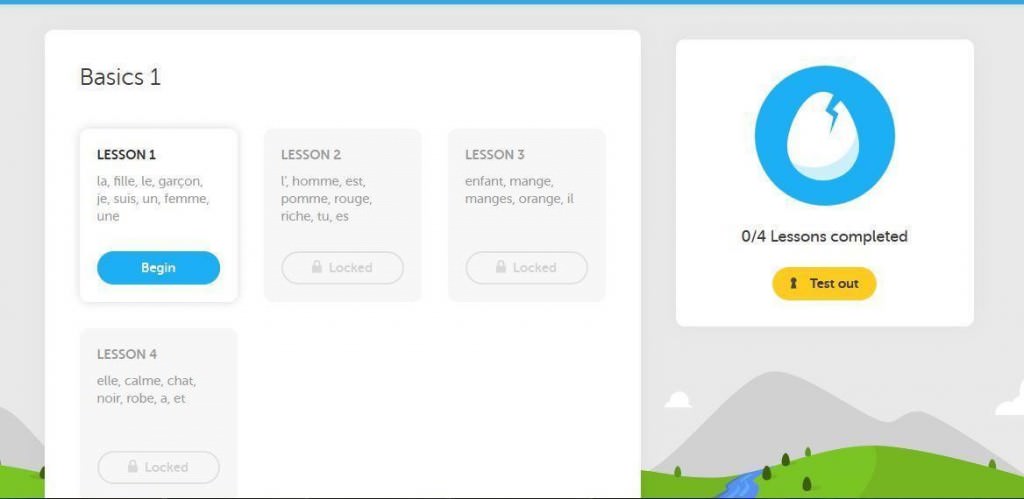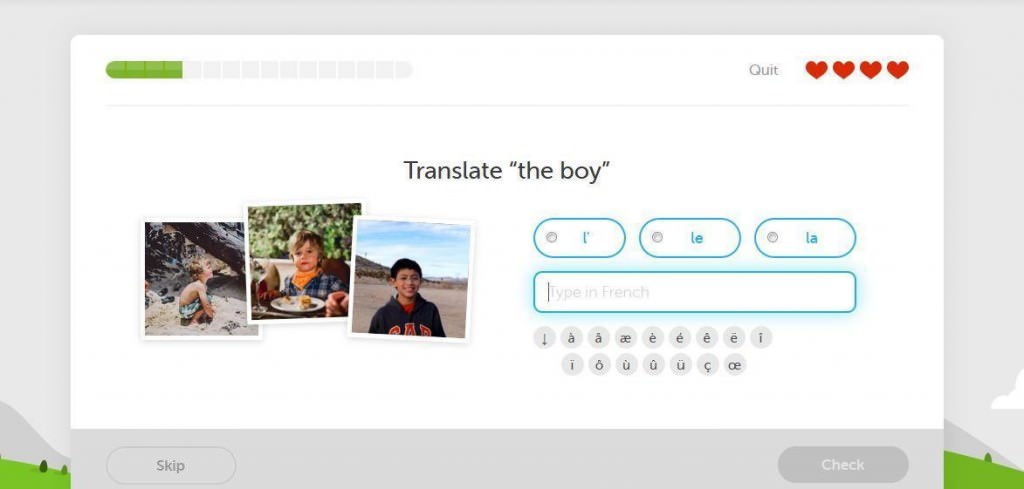
Learning a new language is one of the most productive things you can do in your spare time. It’s perfect for one of those New Year resolutions like: “I’ll spend a couple of hours every day learning a new language and, in a couple of years, I’m going to be a fairly fluent speaker – just in time for that European road trip that I’ve been planning”. However, it can be difficult to find a good language teacher that is relatively cheap and nearby, and this is enough to kill most people’s motivation.
For example, French is a very charming language that just rolls off the tongue, very musical and even romantic-sounding, but there’s simply not enough time. Well, there’s virtually nothing you can’t achieve with a well-designed app, and Duolingo has gotten a lot of praise recently, so it seems like the most efficient option. You have the app on your phone so you can learn on the go, devoting little chunks of time here and there to mastering the language, and it won’t cost you anything.
What is Dualingo and how come it’s free?
Duolingo is a language-learning tool that takes a creative and fun approach to learning new languages, including French, German, Italian, Spanish, Portuguese and Dutch or English for native speakers of any of the listed languages. They have a website you can sign up to for free, as well as a smartphone app available for both Android and iOS. The reason it is free is that some of the texts users are tasked with translating as part of their learning program are actual web content from different websites, and Duolingo actually charges these websites for translating their content.
So, you get to learn a new language and practice on real documents with modern phrases and modern topics, instead of some tired clichés about Mario going to the library, and the company gets to make money off big clients using user-generated translations – it’s a win-win scenario. Of course, the material is checked and marked if it is any good.
So, how does Dualingo work?
It is a fairly straightforward affair – you create a profile on their website and/or download the app and you can get started. A lot of focus is placed on making learning more enjoyable, which means straying away from boring conventions and poorly designed textbooks, and making the whole experience more interactive. Learning French with Duolingo is more of a fun game and a challenge than an online course. Making learning fun is a slippery slope, and many times it can sabotage your learning, but here, they have managed to create a balanced experience that enables you to pick things up very quickly.
Right off the bat, you are thrown into a conversational mode and you get to learn some of the most common words and useful phrases. The visual side of things is very well-executed, with plenty of cool icons and a user-friendly design. The lessons are structured in a way that ensures that you don’t bite off more than you can chew, but they do teach you several things at once as you go along in a very intuitive manner. When you complete lessons, you get experience points, and there is a handy little chart showing your progress. You get to quickly pick up new words and learn from your mistakes.
The intuitive learning method and steady progression
At the beginning, you have words associated with pictures, e.g. “la femme” with a picture of a woman, and you identify an English word you are given with the corresponding French word and picture combination. You get to see “la”, “le” and “un” being used with the different words in short sentences and are then asked to translate from French to English and vice-versa. Sometimes, you’ll have it written down and sometimes you’ll hear it spoken and have to transcribe it.
You have a limited number of “lives”, i.e. you can only make several mistakes, before you’ll have to start over. To pass a “level” and move on to more advanced things, you have to go through a series of these small challenges. The format is switched up quite a bit – you write, you check boxes, you read and listen – so it never gets boring.
If you can complete a level without losing a single life – you can repeat it until you get the perfect score – you get rewarded with a small gem or lingot. Collect enough of these and you can buy an item at the store. The items are related to the game and help you to improve by refilling your lives, allowing you to practice against the clock, etc.
There is a certain amount of lessons in each skill block and after completing the whole block, you get to take a test. After completing several skills – like basics, phrases, food, adjectives – you can test them out. You test 8 simple skills you learn at first, then have a next big test at 18, then at 37 and so on.
By then, you’ve mastered things like questions, pronouns, family, time, adverbs, feelings and so on. Everything is broken down into simple chunks and paced just right, so you get to steadily progress and have fun while doing it.
A good way to get started with a new language quickly
While focusing on a conversational tone and trying to keep things fun is good for motivation and will definitely keep people coming back, it does have some drawbacks. Straying away from boring textbook learning methods means that you lose some of the important and useful features of those textbook – namely, a very detailed explanation of all the different grammar rules. However, Duolingo still has plenty of good information and is definitely a big step forward in terms of free education and enhancing multi-cultural communication.



